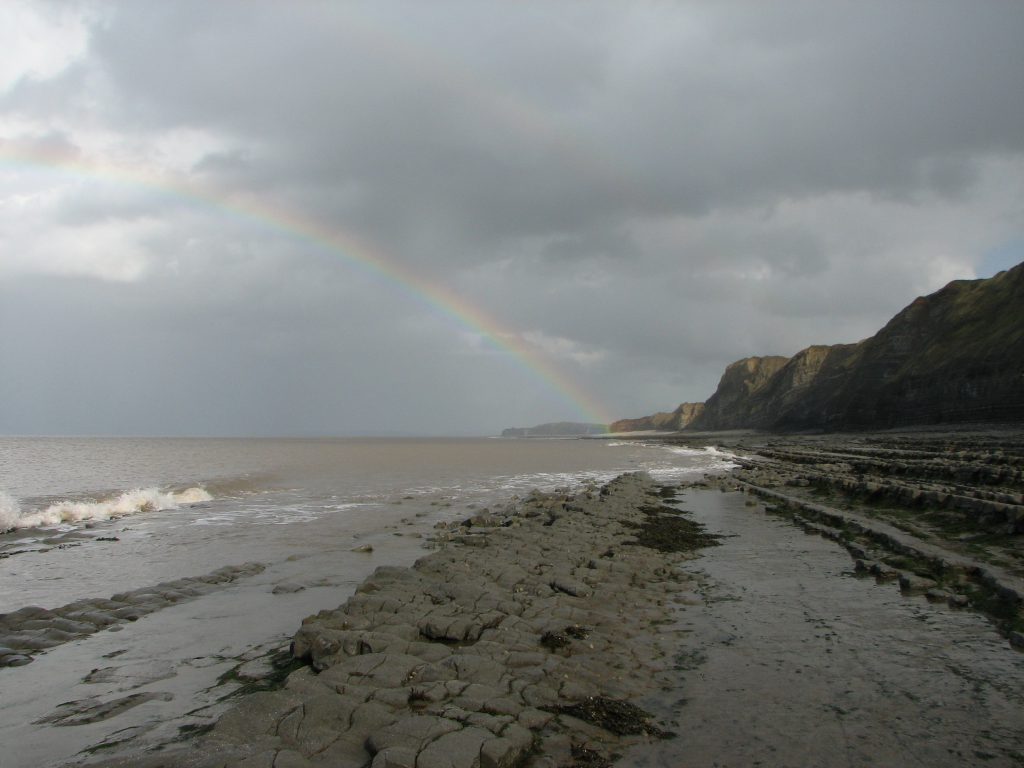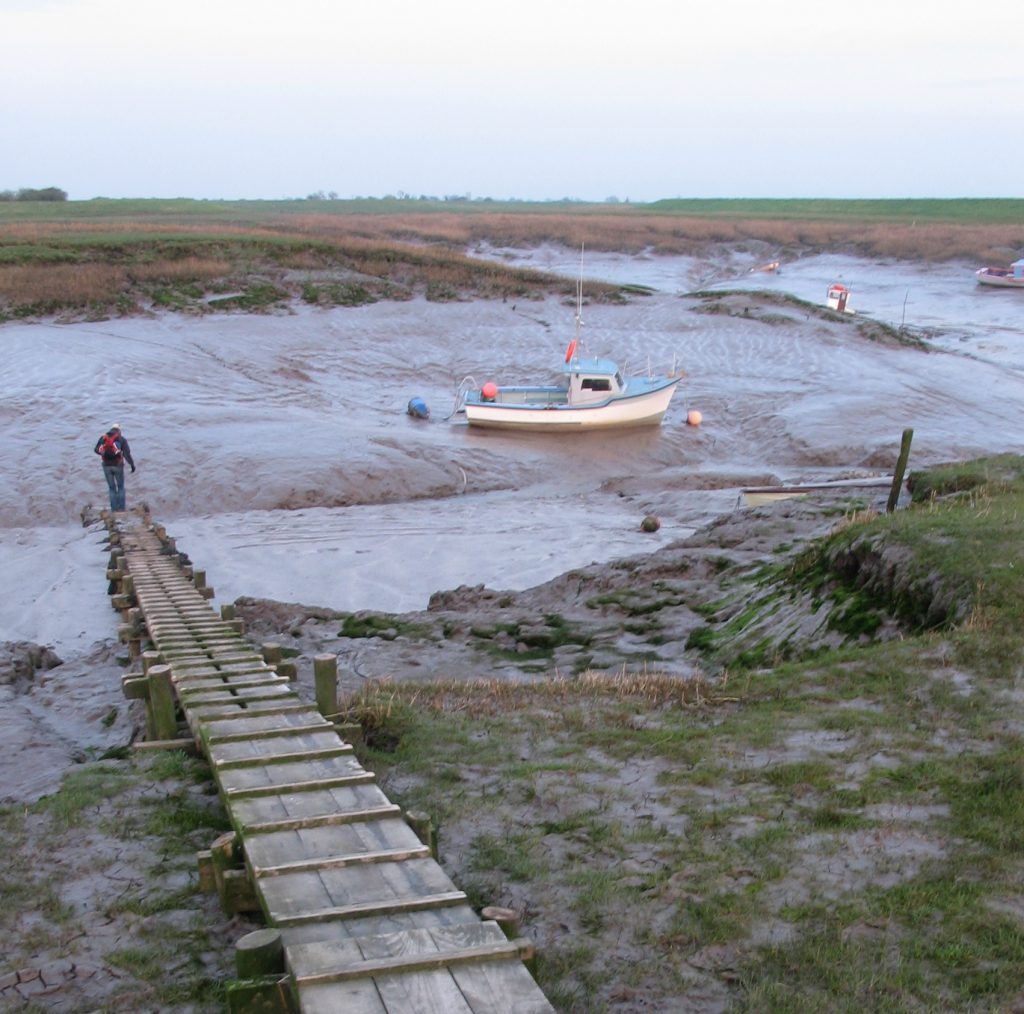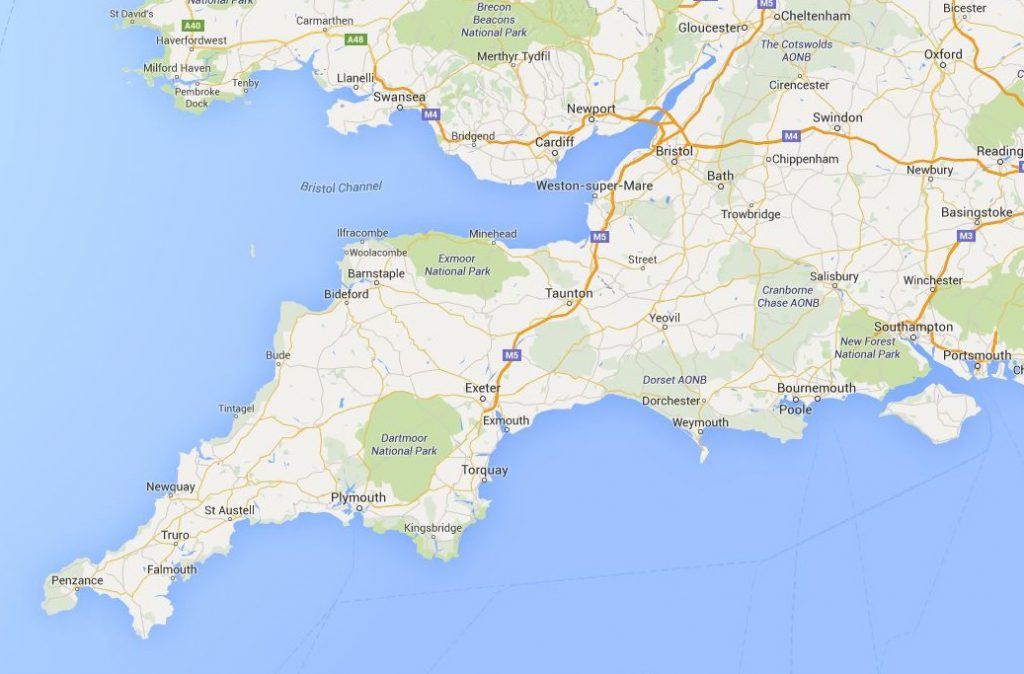
In many countries, there tends to be a higher concentration of people living at or near the coast. The UK coastline is extensive, around 18,000km bordering two regional seas: the Greater North Sea (approx. 4,000km) and the Celtic Seas (approx. 14,000km) of the NE Atlantic basin. In the UK, nobody lives more than 115km from a coast. Britain is a maritime nation with a deep history of connections to the sea for trade, transport and tourism.
Coastal communities enjoy the coast and sea for the landscape, health and amenity benefits this brings. Coastal habitats are dynamic and often host rare species which exist in the interface zone between the freshwater and marine environments. These areas are fragile, but can be resilient if natural coastal processes are allowed the necessary flexibility, and human communities are similarly adaptable and resilient.
Population growth and its consequent development puts the coastline under a lot of pressure. Long-standing transport hubs and infrastructure often exist along the shoreline, particularly in and around estuaries – for example: ports, harbours, and road and rail infrastructure. The sea offers significant economic resources from living (e.g. fisheries) and non-living resources (e.g. gravels and sands for the building industry). Conventional approaches to combat flooding and erosion often lead to hard engineering solutions which limit the necessary flexibility of socio-natural systems.
Due to the high intensity of coastal populations and development co-existing with some of the most highly designated sites for environmental protection, a complex policy environment has evolved to manage coastal resources. Planning and management is often not well co-ordinated between those responsible for the sea and land; with little join-up between them.

Since the early 1990s, many coastal and estuarine areas around the UK coast have been recognised for their uniqueness and high value to people and nature. In the UK, national government and local authorities rallied around to set up local Coastal Partnerships (CPs) which continue to exist for around 40 UK estuaries or coastal areas, including the Thames, Humber, Solway Firth, Solent and Severn estuaries. CPs play a vital role in the integration and management of coastal actions and activities, targeting their work towards local or specific communities and sectors through a ‘bottom-up’ approach. Through the provision of ‘neutral’ secretariat services they bring together coastal communities, stakeholders and decision-makers to work together towards sustainable development.
The UK Coastal Partnerships Network was established in 2006 and the first annual Forum held in Bristol in 2007. The Forum continues today as a lively platform for debate over the governance of the coast. This year the Forum was back in Bristol with speakers from the Severn Estuary Partnership, government departments (Defra, DCLG, Marine Management Organisation, Devon and Severn Inshore Fisheries and Conservation Authority) and NGOs (Marine Conservation Society and The Rivers Trust). During these meetings the Port of Bristol hosted a very informative tour of Avonmouth and its extensive docks which annual handle goods worth a combined turnover of more than £1 billion.

(Source: Google Maps)
Bristol is situated on the River Avon which feeds into the Severn Estuary and Bristol Channel. It evolved as a key maritime transport hub and continues to host one of the UK’s major ports. Co-ordination of planning and management is complex due to the large size of the Severn Estuary ecosystem and the many political and administrative boundaries that span the estuary across England and Wales.
Key industry leaders in the region have recently established the Sustainable Severn initiative to seek positive solutions for renewable energy, port sector and other forms of sustainable development. With the second highest tidal range in the world (after eastern Canada’s Bay of Fundy), there is considerable interest in tidal power generation in the Severn Estuary with several proposals working their way through the development planning process.
Sustainable Severn’s next event takes place in Bristol on 9 December 2015, with co-sponsorship from the International Water Security Network (IWSN) and the Sustainable Water Action Network (SWAN) and with the participation of several staff and students from UWE.
